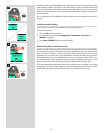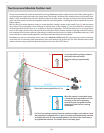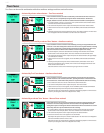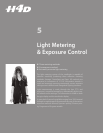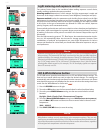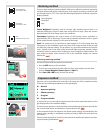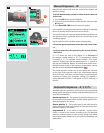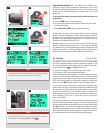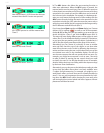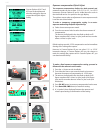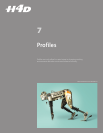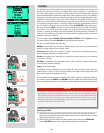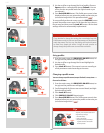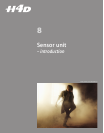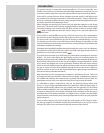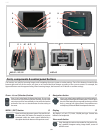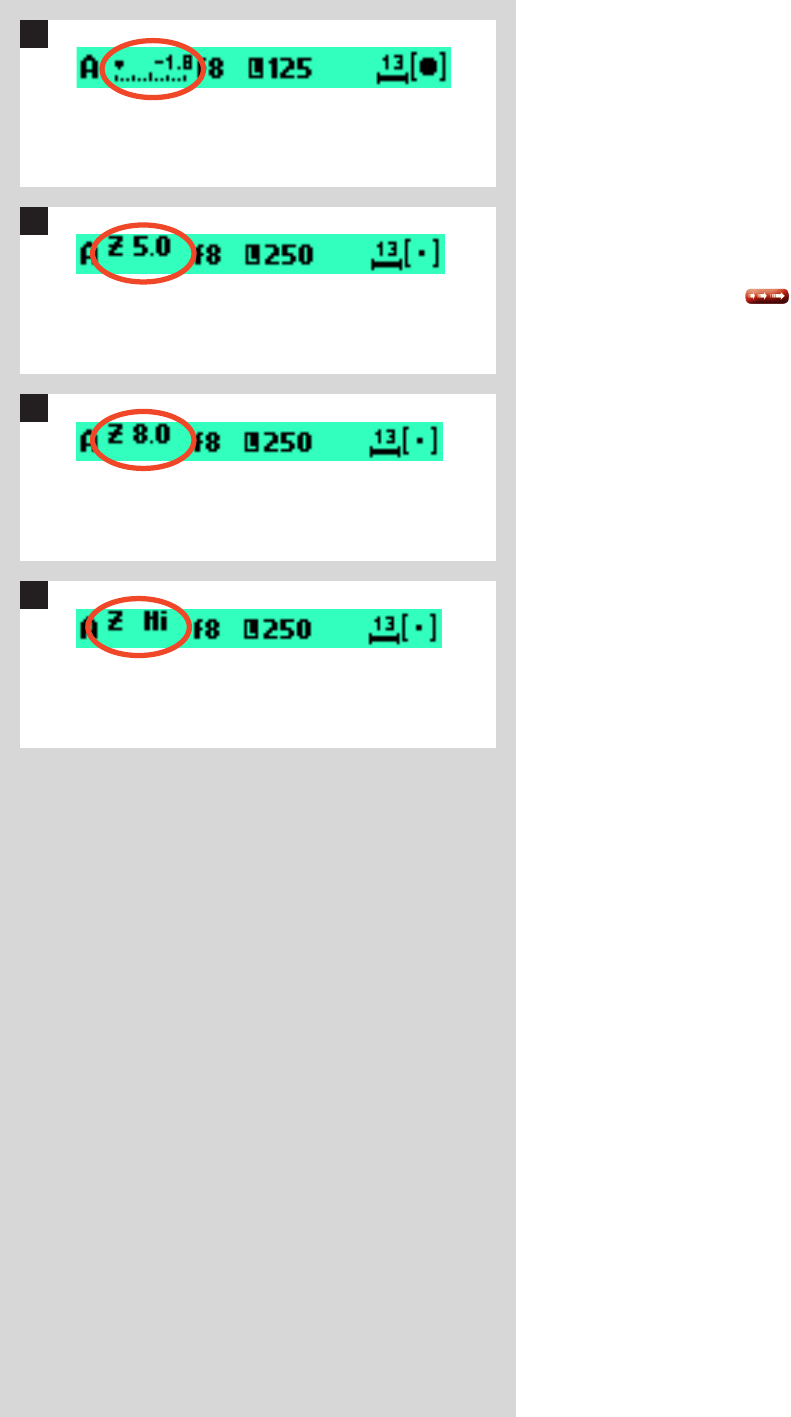
45
H4D
6
5
4
New metered area is 1.8 EV lower than the area
metered when the AE-L button was pressed.
AE-L button pressed to call the metered area
‘Zone 5’.
Metered area reads ‘Zone 8’.
Metered area above ‘Zone 10’.
b) The AE-L button also allows the spot metering function to
make zone placements. When the AE-L button is pressed, the
metered area is saved as a mid-grey (Zone 5). When the spot area
is then placed over another part of the scene, the new area is then
compared to the saved area and the dierence can be read o
the scale seen in the viewnder. For example, in a landscape situ-
ation you could meter the foreground, lock the reading with the
AE-L button (thereby locking that area to be reproduced as the
equivalent to a mid-grey 18%), point the camera at some rocks to
see by how much darker they are compared to the foreground by
the EV dierence read o the scale (illus 3).
If you have chosen Spot together with Zone display (see ‘Custom
options #14’ for settings
) as well as one of the automatic
modes A, S, P or Pv, point the spot marking at an area that you
decide should be a Zone 5 and click the AE-L button (illus 4).
The meter will now display dierent parts of the subject as zone
values (illus 5) in the viewnder display, instead of EV deviations,
as you move the spot marking over the subject. (Included are Lo
and Hi (illus 6)to signify areas beyond the range of the sensor).
Alternatively you can choose to re-classify an area as another
zone and then check the rest of the subject to see how other
areas fall on the zone scale. Do this by following the above pro-
cedure and then turning the rear control wheel until you see the
new desired zone value in the viewnder display. You will also
see the new exposure that will now produce that new zone. For
example, you might have measured a rock at zone 5 but wish
to make it darker. By moving the rear control wheel you could
re-classify it as zone 4. You will then be able to see, for example,
whether white clouds are now falling within the exposure range
by their new Zone classication.
Alternatively, you can also pre-set the initial zone reading in order
to save time and eort where there is no freely available ‘zone
5’ subject for light measuring. For example, you might be on a
sandy beach where you know that sand is normally classied as
zone 6. You can pre-programme the zone placement by hold-
ing down the AE-L button while choosing the new zone value
and turning the front control wheel until zone 6 appears. All new
placements will then be zone 6.
3



